Brand Guidelines: Why They Matter and How to Create Them
Consider the brands that you admire the most. What is it about them that makes them easily recognizable? Their logo, perhaps? The messaging? Emotions? All these elements play in harmony with each other according to a very well-structured set of rules, which are commonly referred to as brand guidelines. A brand identity is never just a chance but is deliberately built to achieve consistency and reliability. Brand guidelines serve as a guide for whether you are starting out with building a presence as a new business or trying to refine your image as an established enterprise.
What Are Brand Guidelines?
Brand Guidelines are a collection of rules describing how a brand is to represent itself to the world. The guidelines define both the visual identity and the voice of the brand, ensuring consistent use across every marketing and communications channel. All logos, colors, tone of voice, imagery, and any other elements become part of that framework that would help businesses project a strong, cohesive presence.
Why Do Brand Guidelines Matter?
Consistency : It will ensure that your brand looks and sounds consistent across all mediums, helping your audience trust and recognize you.
Professionalism : A clearly defined brand comes off as refined and believable, strengthening your market position.
Efficiency :Consistent guidelines are faster and more effective when designing and messaging decisions don’t get consistently debated.
Stronger Connection: Brands with a clear set of guidelines help customers connect emotionally to your brand, improving loyalty and retention.
How to Create Brand Guidelines
Mission Statement and Values : You establish the foundation of your brand before setting its look and feel. What does it stand for? What are the guiding values in its decisions? A solid mission statement sets the general tone of all branding efforts.
Voice : Your brand voice is how you speak to your audience. Do you sound formal and authoritative or casual and friendly? Your tone will define that, so you can ensure that all messaging matches your brand personality.
Buyer Personas : Know who your audience is. Their demographics, preferences, and pain points should be defined to properly tailor your messaging and visuals.
Colors : Your color scheme should be uniform throughout your branding materials. Select main and auxiliary colors that correspond to the identity your brand represents and reflects the appropriate feelings.
Branded Terms : Record any specific phrases, taglines, or terminologies that your brand adopts for ease of consistency in messaging on various platforms.
Image Preferences : Determine what types of images and graphics should depict your brand. Should they be modern and minimalist or bright and playful? Include which photo styles and filters to use and what graphic elements to feature in order to keep the look consistent.
What Should Brand Guidelines Contain?
Logo Variations and Appropriateness Usage: Describe the use of your logo, formats, sizes, and placement. Give examples of what is okay and what to avoid, including stretching or otherwise modifying the logo.
Typography (Fonts and Styles): Outline fonts that symbolize your brand. Provide primary and secondary fonts, font sizes, weights, and guidelines on how to use them in digital and print applications.
Color Palette with HEX and RGB Codes: Provide your brand’s core and secondary colors with corresponding HEX, RGB, and CMYK values. State and explain where and how to apply each color to ensure an overarching visual integrity.
Tone and Voice Guidelines: Outline a personality for messaging from your brand. Should be authoritative, friendly, or more playful? Cite examples, so content generators know what not to do across all communications of the brand
Social Media and Website Branding: Set definitive guidelines on digital platforms on presentation of your brand. This consists of profile pics, cover photographs, post images, and steady use of logotypes and their colors.
Developed Imagery and Design Elements: Explain the image, illustration, or icon style for your brand. Include photography guidelines by theme, color tone, and ideal edit style.
Usage Examples for Marketing Materials: Evidence in the real world of what your brand guidelines should look like on business cards, brochures, ads, and packaging. This reinforces the appropriate use in multiple forms.
Brand guidelines are not merely a set of rules; rather, they’re the blueprint through which your business communicates with the world. Consistency, building trust, and leaving an imprint every time is possible through proper brand guidelines. Whether you launch a new brand or refine one that already exists, investing in thorough brand guidelines will help create a strong identity that will not be forgotten soon.
Enquiry
Recent Updates
- 12 February 2025
- 12 February 2025
- 12 February 2025
- 12 February 2025







